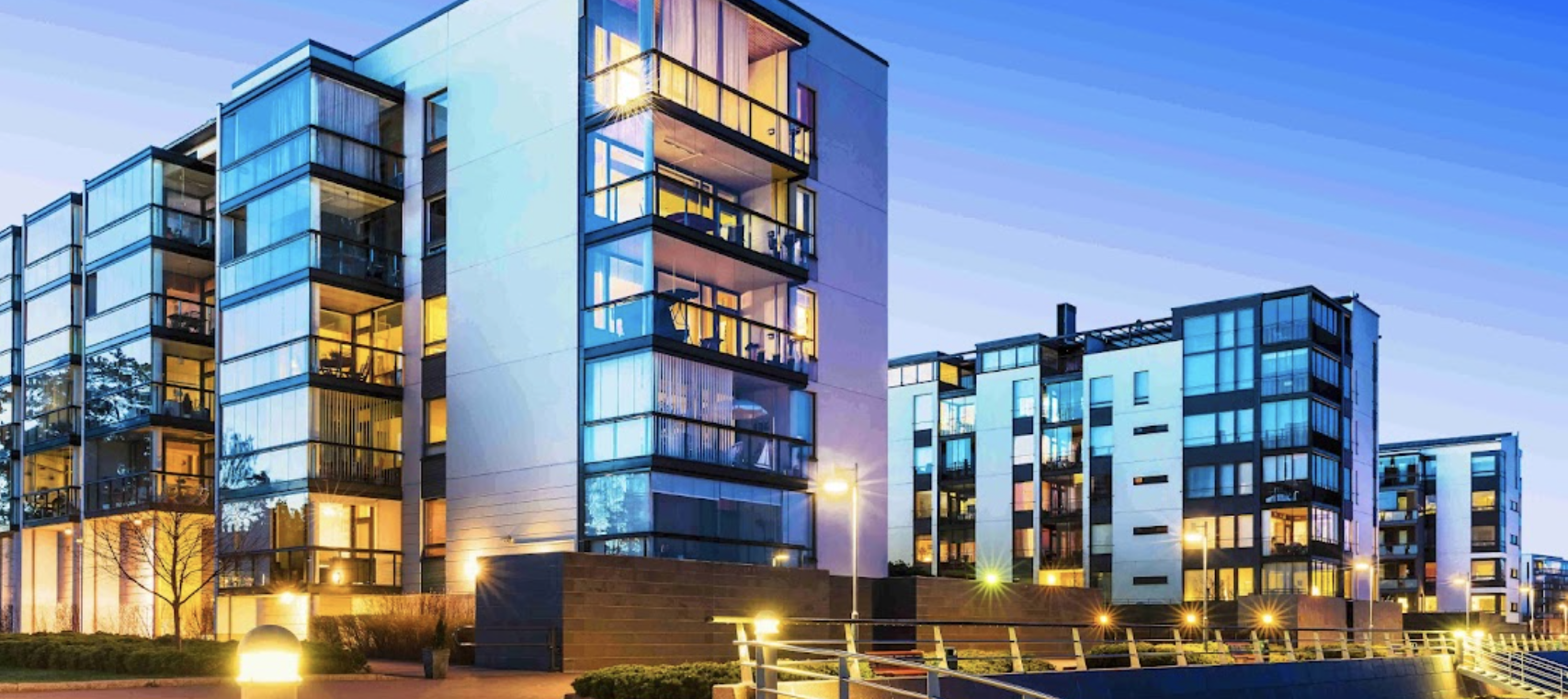hmo mortgage broker
What returns can an HMO give me?

HMO houses can be more lucrative than regular buy-to-let investments. HMO mortgages are becoming more popular among landlords. But do you really need one? Or can a traditional buy-to-let mortgage suffice?
HMO landlords pay utility bills, except if the property has been converted into flats and the title deeds were sent to the land registry.
What returns can an HMO give me?


Traditional rental properties can be found in almost any location. We have worked with many letting agents all over the country and they have rented properties at almost any location. They've been rented anywhere, in rural or urban areas.
What is an HMO mortgage, and how does it work? HMO mortgages are a mortgage that landlords can use to rent their property to more than one tenant. There are some key differences between specialist buy-toŠlet mortgages.

HMO Buy to Let4 bedroom semi detached house with 2 receptions rooms1 reception room converted into a bedroomRents to 5 single-working professionalsMonthly renting income per tenant = PP400Monthly renting income = PP2000Annual rental revenue = PL24,000. The above example illustrates why HMO property owners are more interested in them. The difference in gross rent income can be very significant.
There are also void times to be aware. HMOs tend to have longer void periods than traditional buy to rent. HMOs are more expensive than traditional buy-to let models and landlords might have to pay higher maintenance bills. This can be due to the use of communal areas such bathrooms, kitchens, living rooms and other common spaces (where available).